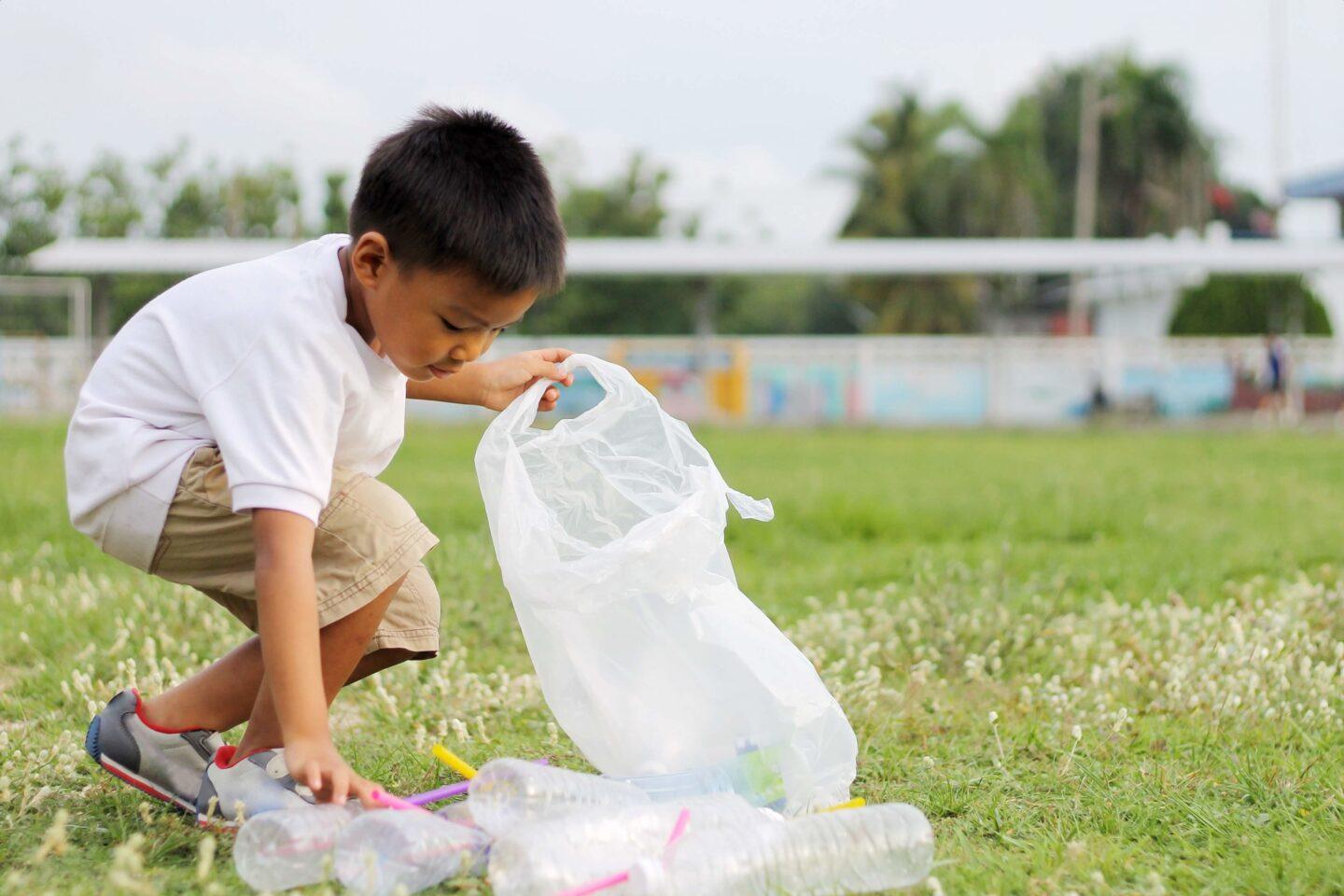How to get your family—even little kids!— to start volunteering

KookkaiFoto / Twenty20
An age-by-age guide for appropriate activities, plus of ideas to give back.
Table of Contents
As the world begins to return to normal and we reconstruct our lives post-pandemic, I desperately want my own family to re-engage in that world with intention. Each activity or commitment we add back into the family schedule feels weighty. We want to choose carefully which activities are really worth it and which ones aren’t. Very high up on our list of re-priorities is service, but volunteering with kids can be tricky to organize.
Our family has missed volunteering these last two years. We miss how it bonded us. We miss the messy, tough conversations that often arose before and after. We miss expressing our love for our community by giving up some weekend hours to help out in whatever ways needed.
We miss it for our own good reasons, but research backs up our experience. Volunteering with kids significantly improves their mental health, both for kids and adults. It reduces stress, strengthens immune systems, increases happiness, builds empathy, and much more. For children in particular, it increases agency and autonomy, and empowers them to feel hopeful about the role they can play in real-world issues.

The benefits for volunteering with kids are especially significant today, as kids are at an unprecedented risk of developing anxiety and depression. When done right, teaching kids how to engage with the world in positive ways through service can help them feel connected to a sense of purpose, to something bigger than themselves. And this way of showing up in the world sticks: kids who volunteer are more likely to become civically active adults.
Tips for volunteering with kids of any age
Toddlers, pre-schoolers and kindergartners
For toddlers and very young kids, parents can model a spirit of service by modeling behavior and talking about the positive consequences of kind actions. For instance, your toddler may want to pick up every piece of garbage off the sidewalk. You can help them safely pick up and dispose of the trash, and as you do, observe their impulse in a positive way and name it as a kind way to care for nature or to keep your neighborhood clean.
Elementary school age kids
For elementary aged kids, it’s still tough to jump back into traditional in-person volunteer activities. I know from my own experience attempting to serve regularly with my own family that, even without a pandemic raging, it’s hard to find meaningful volunteer opportunities, harder to schedule them, and usually impossible to include kids. It was out of this frustration that I launched Alltruists. We create at-home, kid-friendly volunteer experiences that can be completed anytime.
Each month we launch a new experience focused on a different issue, from homelessness to hunger to clean water and more. In each box we provide fun, inspiring educational content and an actual volunteer project that has real-world impact, which we design in collaboration with awesome nonprofit partners. For instance, kids might personalize a welcome kit for a new arrival refugee child, or build a pollinator hotel for solitary bees, or make a card and keychain given to families in Mexico moving into their very first home.
Middle school age kids
For middle schoolers who can get back into in-person activities a bit sooner than younger kids, “informal” volunteering is a great option. Informal volunteering isn’t coordinated or organized by any organization, but can be meaningful, self-generated acts of kindness for friends, neighbors, and others in your community.
For example, kids can create a thank you note station at school for fellow students to show gratitude to teachers, staff, or maintenance workers. Or, they can easily create pop-up “take what you need” collection areas at school or parks, where gently used books, clothing, toys, shoes or even canned goods can be donated. Even small acts like creating a message board with encouraging words or affirmations can make a big difference.
High school age and up
High school volunteers can do more traditional and more in-person projects based on their specific interests. If they love animals, they can volunteer at a pet shelter or aquarium. If they are interested in coding, they can offer to contribute their skills to help smaller nonprofits make upgrades to their technology. If they want to connect with other teens or kids, they can mentor or tutor students who are a few years younger than them. Virtual opportunities, many of which came into existence during COVID-19, also abound.
Teens can get involved in climate justice by signing petitions or initiating local campaigns; they can provide assistance for visually impaired individuals through video apps; they can send letters or online messages to senior residents to help keep their spirits high while they can no longer have visitors; if they are over the age of 18 they can even serve as resources on crisis intervention hotlines.
Regardless of age or type of service, volunteering at all levels opens the door for something I know we all want this holiday season: meaningful conversation, connection, and growth. Here’s to a new season of re-engaging in the world through a spirit of service.
A version of this post was published January 12, 2022. It has been updated.


































